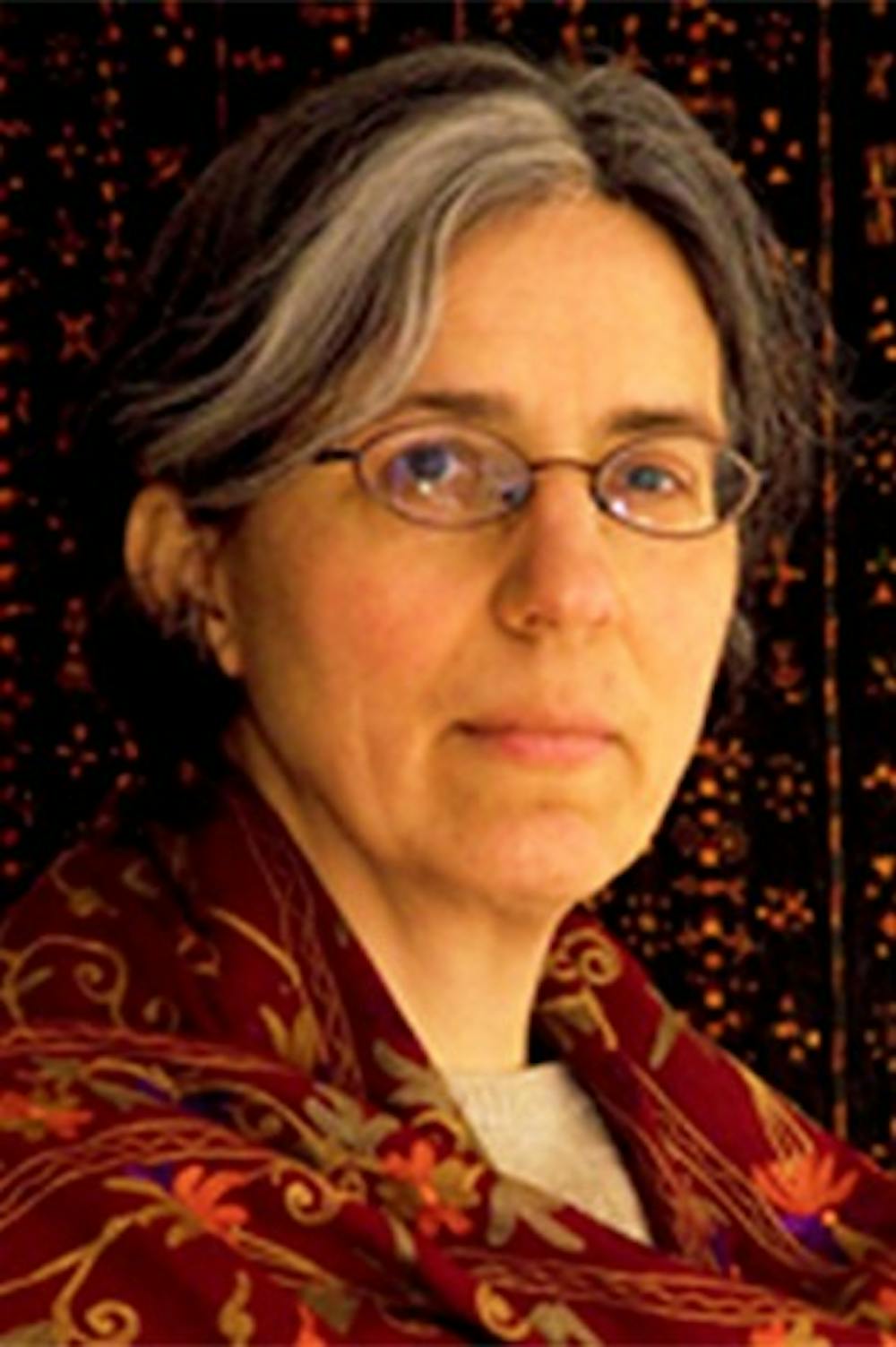The most recent Israeli-Palestinian conflict caused destruction, overcrowding and sheltering in schools, some of which are run by the United Nations Relief and Works Agency. Teachers in the area now have to design curriculum around helping students overcome trauma.
Staff writer Caroline Lamb talked to Nadia Yaqub, chairwoman of the Department of Asian Studies, about the area’s education system and the conflict.
THE DAILY TAR HEEL: How would you describe the current education system in Gaza?
NADIA YAQUB: I know it’s under-resourced. In general, if you’re talking about kindergarten through college, one of the real stumbling blocks, especially for higher education, has been the closure of the Gaza Strip.
It’s almost impossible for someone to go give a guest lecture or for students to do study abroad. And then the sanctions on Gaza limit everything that could go in and out.
DTH: Are these schools being used as both shelters and schools?
NY: They provide schooling but then they also, in times of war, serve as shelters — just like in a hurricane — where it’s often that a school or some other large building will serve as a shelter.
I don’t think they’re built with that in mind. They end up getting used just because they’re there and therefore should be clearly recognizable to anybody who’s bombing as, “Here’s a school, don’t bomb it.”
DTH: Since many schools have been destroyed and are being crowded with kids from other schools, how does the education system cope?




